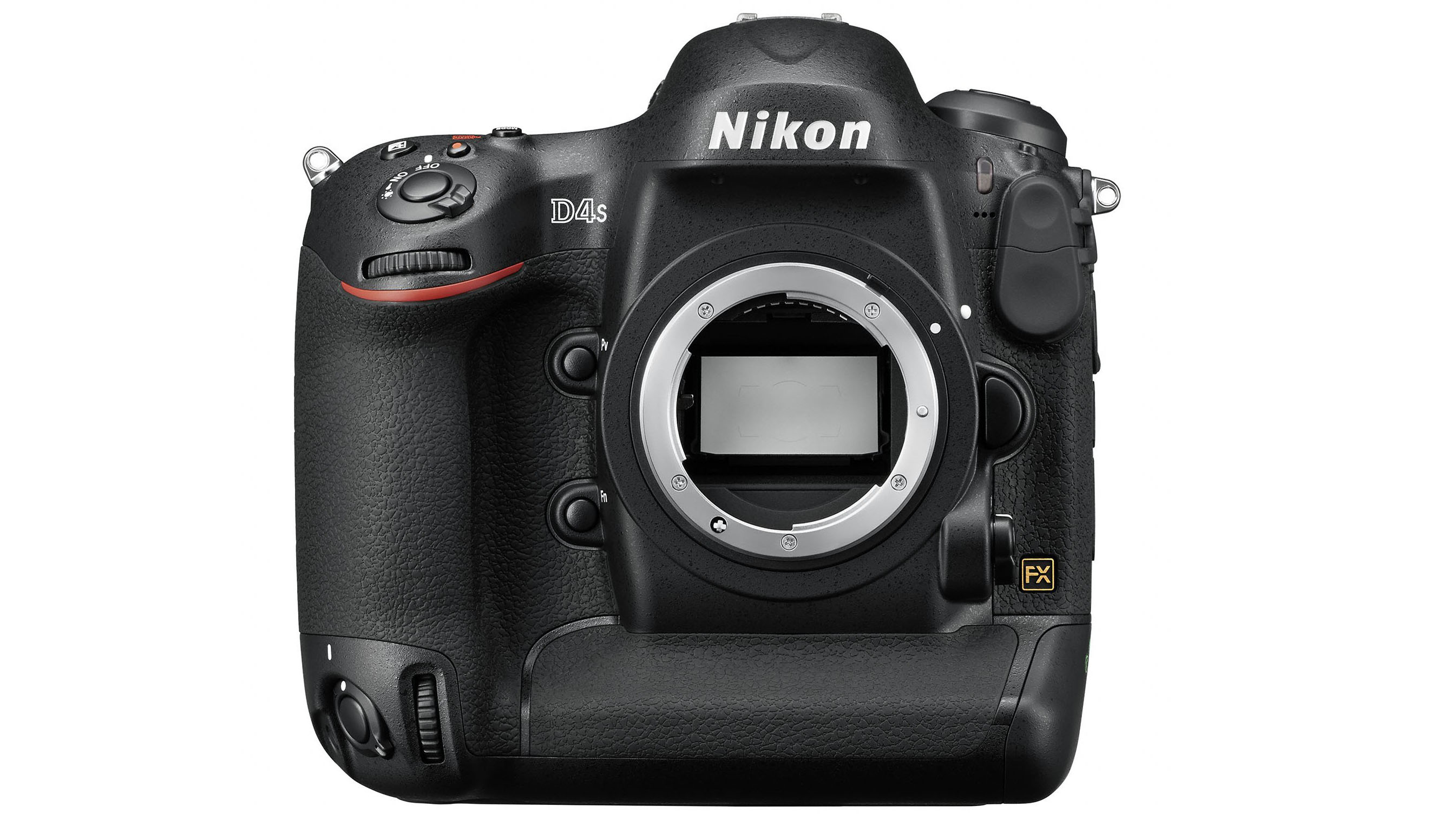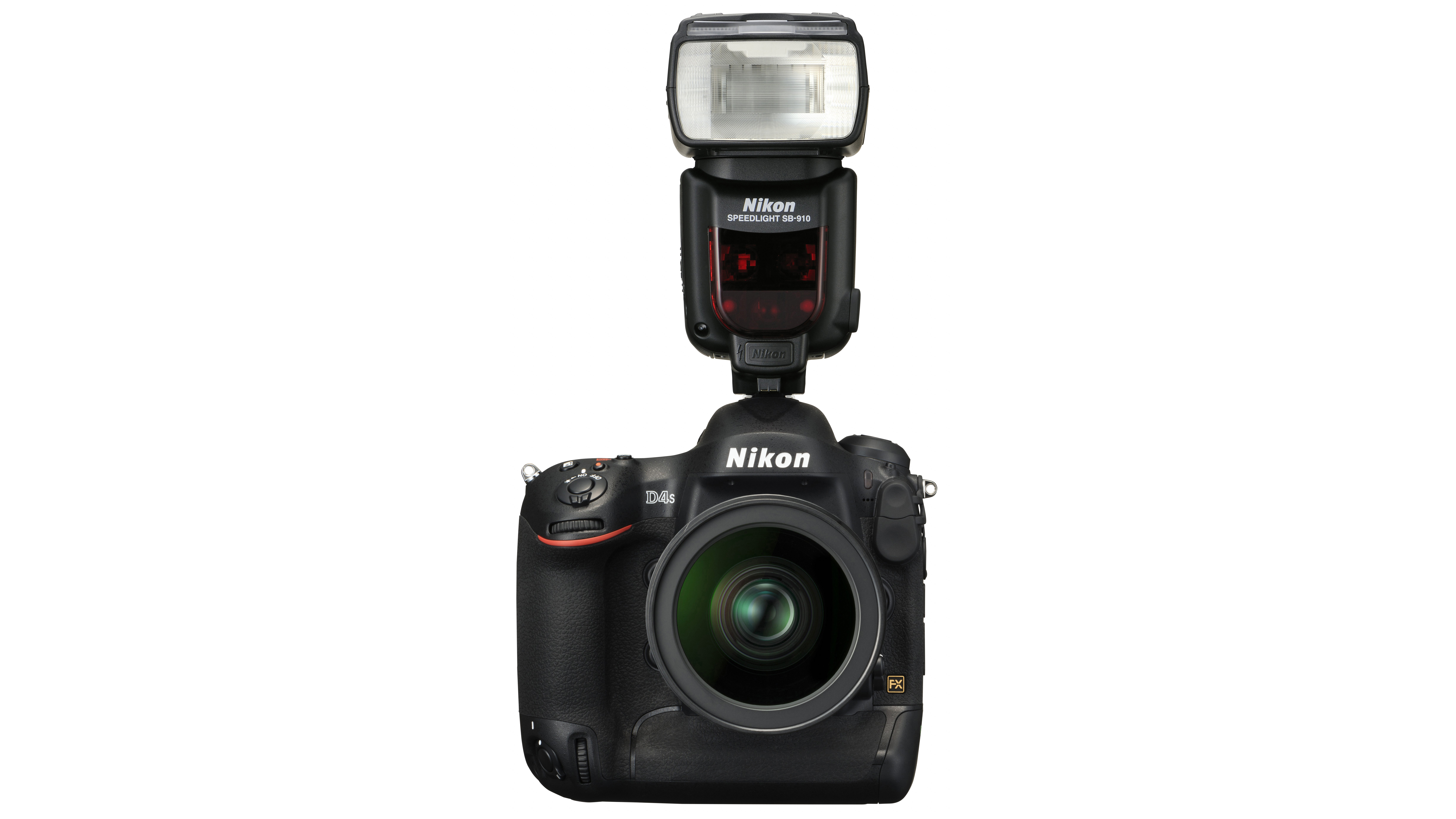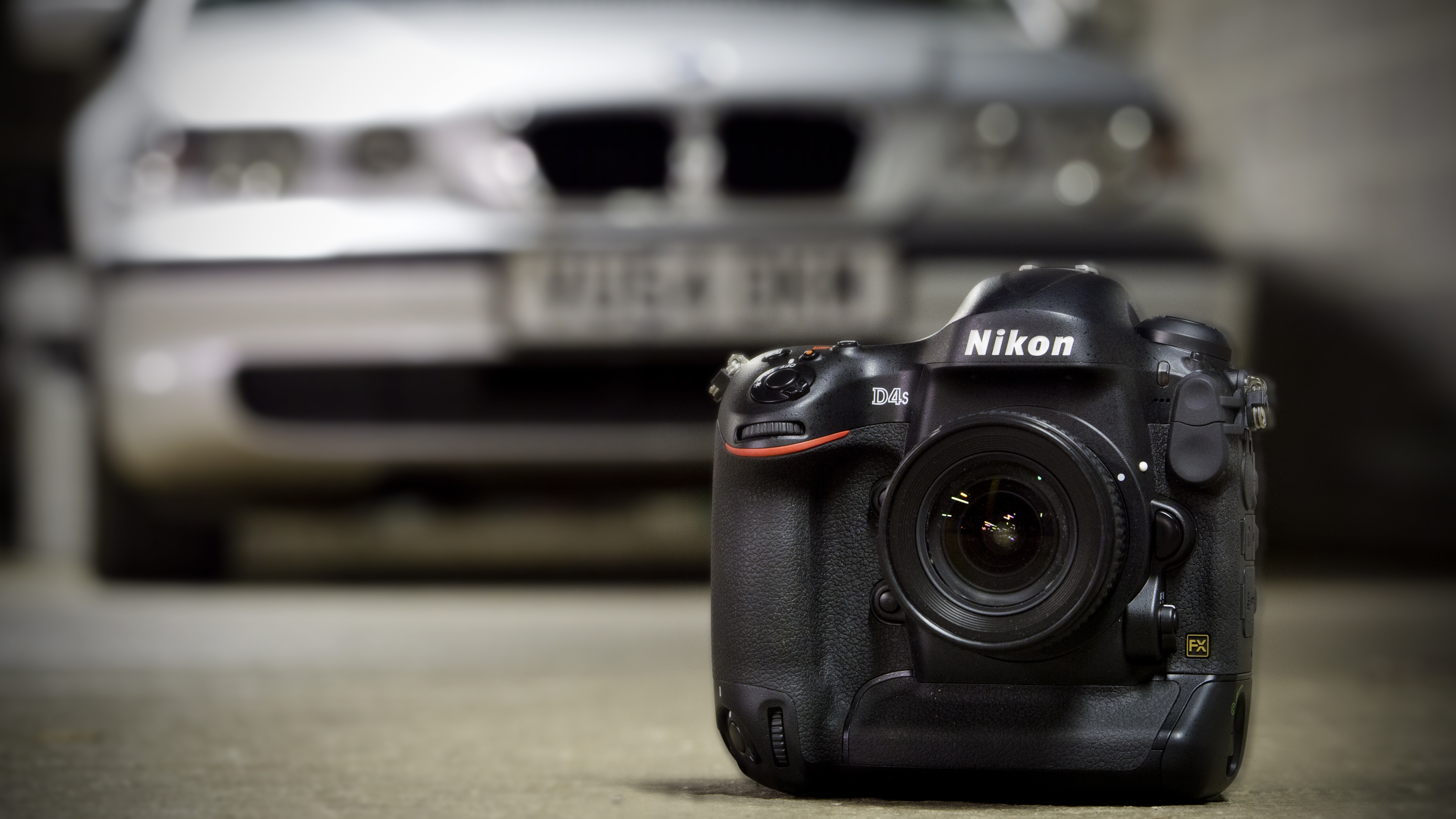Why you can trust TechRadar
The D4's AF system is no slouch, but the D4S's raises the game even further. The peripheral AF points seem a little more responsive and the new Group-area AF mode does an excellent job of keeping a moving subject sharp.That's helpful as the AF points are still clustered around the middle of the image frame.
Apart from the number of points involved (5 in Group-area AF) it's a little unclear how this differs from the 9-, 21- and 51-point dynamic-area AF modes, so it seems odd that it wasn't called 5-point dynamic-area AF mode.
On the whole, the Matrix metering system copes well with 'average' and bright scenes. In fact, it fairs impressively well with some very bright subjects, delivering a well-exposed image when lesser cameras would have underexposed.
It also copes pretty well with dark subjects, but there's a slight tendency towards overexposure in some situations. This only happens at times where you might expect it, and it's easily dealt with via the exposure compensation facility.

A pixel count of 16 million may be comparatively low by modern standards (especially considering that Nikon favours 24 and 36Mp sensors in the likes of the D7100 and D800) but the D4S can resolve an impressive level of detail. Furthermore, this is maintained a little better throughout the sensitivity range than by the D4.
Our images have little sign of chroma noise throughout the native sensitivity range, ISO 100-25,600. The results at the first upper expansion setting, ISO 51,200 are also impressive. At 100% on screen, higher sensitivity JPEGs look a slightly smoothed appearance, but they look very good at normal viewing sizes.
Of course the burning question that the D4S raises is: what does an ISO 409,600 image look like? The answer: pretty terrible. Our resolution chart images, which are captured in bright conditions with even illumination flatter it somewhat, but the darker side of our sensitivity series images show a rather different picture. Even at small viewing sizes there's visible banding in the JPEGs and at close scrutiny they have a cross-hatched pattern.
Sign up for breaking news, reviews, opinion, top tech deals, and more.
The raw files look a little better, but there's still some banding. However, it's important to remember that this is not a sensitivity setting for everyday use. It's designed to be used by professional photo journalists reporting important events in near darkness in situations when any image is a bonus.

Although many pros shoot exclusively in raw format, some also need the immediacy of JPEGs, so it's important that the D4S delivers good colours direct from the camera.
Our tests reveal that it produces vibrant images with natural-looking colour. Our lab results reveal that it isn't quite as accurate as the D4 for colour, but it's very good and the difference probably comes down to a slight boost in saturation, which makes images more pleasing.
We found that the D4S's automatic white balance system does a very good job in a range of lighting conditions. There are two options available, Auto1 and Auto2, with the latter retaining the warmth of warm lighting. We found that the Auto1 setting also produces images that retain the atmosphere of the scene and that aren't over-corrected. Consequently, images captured in heavily overcast conditions have a slight coolness, while those taken in brighter conditions look slightly warmer.

Switching to the Direct sunlight setting produces slightly warmer images in very overcast conditions, which some may prefer even if it's not strictly accurate.
Importantly, we found that the LCD screen gave an accurate representation of images during our testing. With some Nikon cameras, such as the D5300, we've found that the LCD screen makes images taken in overcast or shaded conditions look colder than they actually are.
This can cause photographers to change the white balance setting when they don't actually need to and produce images with a colourcast. Thankfully, the D4S doesn't suffer from this problem and we found that it shows colours accurately.
In order to verify the D4S maximum continuous shooting rate and burst depths, we shot several series of images at the various sizes, compression ratios and bit-depths. We were able to match the claims made by Nikon (11fps for 200 JPEG Fine quality files, 176 compressed 12-bit raw files or 60 uncompressed 14-bit raw files etc) with both a Lexar Professional 1000x UDMA7 CompactFlash card and a Sony XQD.

However, as the shoot progressed we found that the grip gradually heated up a little and as this happened, the burst depth dropped off. In some cases, we were only able to fire off a short burst. Leaving the camera to cool a little restored the burst depths to their former glory.
